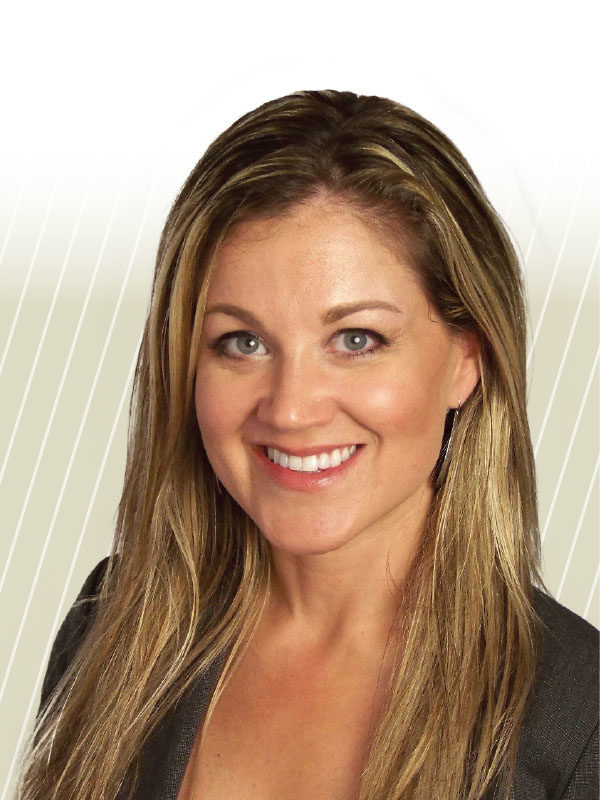When she’s not working, Robyn Pennington loves travel and sports. However, after playing rugby for a decade, she’s now content to watch others carry the ball.
“I’m in two fantasy football leagues and typically go to three NFL games and two or three college football games a year,”says the chief of staff to the executive vice chancellor and chief financial officer, California State University (CSU), Long Beach.
Although she’s an avid Seahawks fan, she lost the chance to draft quarterback Russell Wilson in her fantasy football leagues. “I waited to pick up my quarterbacks, and Wilson was already gone,” she laments. “My quarterbacks are New England’s Tom Brady and the Giants’ Eli Manning.”
Pennington, who works at the chancellor’s office at CSU, has served on the WACUBO board of directors and as chair of its professional development steering committee. She currently serves as a WACUBO lean process improvement workshop instructor.
You’re one of three staff members at the chancellor’s office tasked with improving graduation rates and reducing the achievement gap. Right?
Yes, we’ve had a formal graduation initiative in place since 2009, when we identified system and campus six-year graduation rates and achievement gap goals. We have 23 campuses of various sizes, ranging from 1,000 to 40,000 students. We try to identify what seems to be working at a campus and share that with other locations.
We recently kicked off our Graduation Initiative 2025, where we’ve set new system and campus four- and six-year graduation rate goals, as well as goals for transfer students and closing the achievement gap.
What is the achievement gap goal?
While we’ve made significant progress in improving our graduation rates, we want to close the 11 percent achievement gap between the underrepresented minority students and all others. The underrepresented minorities are Latinos, African Americans, and Native Americans.
This goal is a critical initiative in light of the changing demographics of our student population and the future education needs in California. We’re still working on how we can achieve it. The good news is that all groups of students are graduating at a higher rate, since we began the initiative.
What’s working?
Our Early Start Program that was established in 2010 is showing promise. It’s designed for CSU admitted freshmen to begin remedial classes prior to the term for which they were admitted. We believe this program will be a key component in closing the achievement gap. In general, the key may lie in sustained long-term focus and access to meaningful data about student performance and persistence.
What problems are you encountering?
We’re at a funding level from the state that’s lower than [that of] 2008, yet we’re serving more students. Demand is at an all-time high, and we are currently turning away tens of thousands of eligible students each year. Student access to a quality degree has always been a part of our mission. We want to get students in and get them graduated so they can contribute back to the state.
What’s the most important professional lesson you have learned?
Just do your best, and try not to let your emotions get in the way of work. Determine what you need to accomplish. Then do it.
MARGO VANOVER PORTER, Locust Grove, Va., covers higher education business issues for Business Officer.



